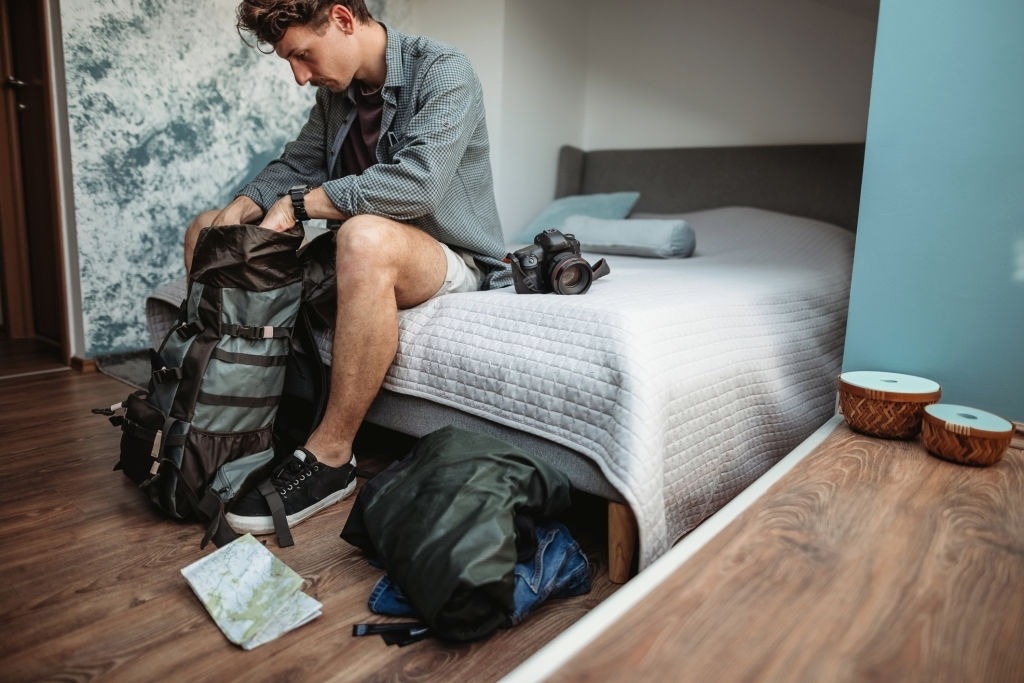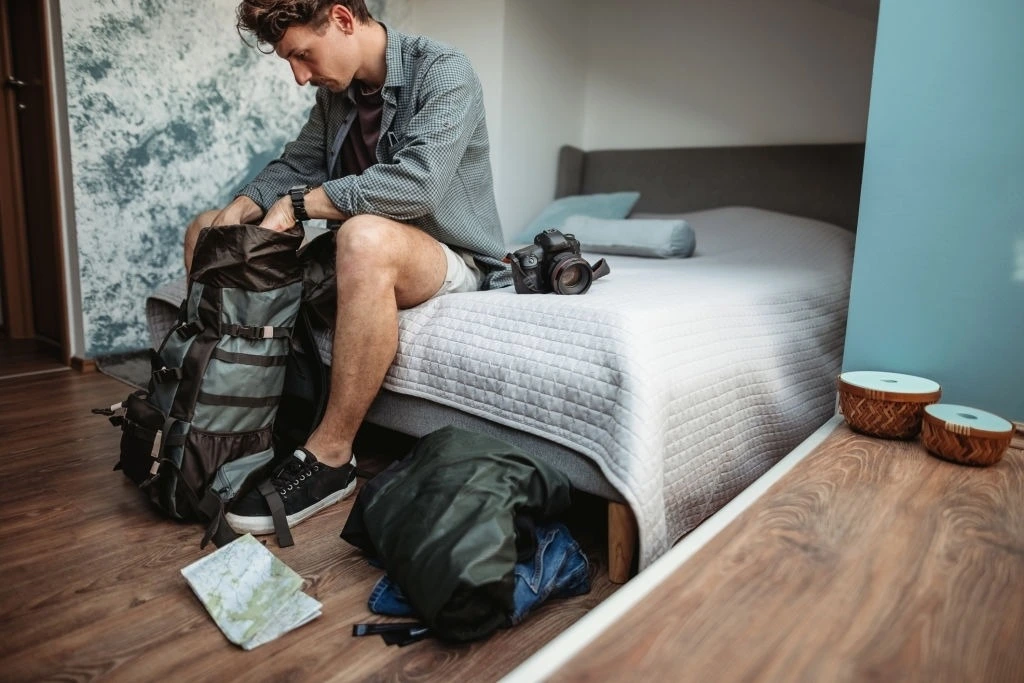
How to pack a backpack?
It is an inquiry that many first-time backpackers and hikers often ask. But even the seasoned ones still require some refresher on how to do this task properly.
If you arrange and organize your backpack surprisingly, you’ll be amazed at how many items that it can store. But the thing is, there are multiple ways you can fill the items in your pack. Hence, others have their specific loading mechanism because they realized it works for them.
As a recommendation, I suggest that you have a backpacking checklist to ensure that you know what to stash inside on your backpack. Furthermore, you might want to explore different ways on how to pack your stuff and see which one works for you.
But for those who want to know the basics of packing a backpack properly, this guide should help you. Essentially, you need to do this because a correctly loaded pack offers stability and balance while you are hosting it, even amidst a stiff hike.
How To Pack A Backpack
Before you start the task, you need to take all the things that you are going to bring on the trip. At the same time, don’t ever think of bringing something that you will never use on your trip.
Also, when packing a backpack, always remember that you are stacking rows and not columns. Hence, there are columns that you need to fill. Every part of your pack’s interior should be filled until such time it becomes stable and balanced. Meanwhile, you should also utilize the pack’s compression straps for more efficient load management. In this way, you will be able to hike without your pack shifting weight.
In a nutshell, your entire objective here is to ensure that your pack won’t be heavy on the top. If you hike with this kind of pack, the weight on the top will pull you back. At the same time, the weight should not be fully concentrated in the bottom. It can make you feel that there’s a downward force pulling you. The ideal setup would concentrate the load where it is closest to the center of gravity.
Bottom Layer
It always starts at the bottom when it comes to packing a backpack. Hence, the items that you should place here are those that you don’t need immediately. Examples of these items are those that you don’t have to use prior to setting up a camp. These things should include the following:
- Sleeping pads (especially if you can roll them compactly)
- Sleeping bags (a lot of backpacks have dedicated compartments for a single sleeping bag)
- Booties and shoes
- Sleeping clothes
You’ll benefit if you place soft and squishy items at the bottom of the pack. After all, they can provide some sort of shock absorption mechanism.
Central Layer
This is the part where the heavy and bulky gear should be placed. Essentially, these items are those that you don’t need to access while you are on the move, which is quite similar to the things that you stored in the bottom part of the backpack.
- Water reservoir
- Stove
- Cooking kits
- Food stashes
- Bear canisters
- Tents (only foldable ones)
Placing the heavy items in the middle of the pack ensures that your center of gravity is stable. It will help streamline the load downward instead of being pulled back.
If you want to carry liquid fuel for your cooking stoves, you have to make sure its container is tight to avoid spills. At the same time, ensure that the bottle is stashed upright. It should not also be placed at the top of your food stash.
You might also need to wrap supple and squishy items so that they won’t shift at all. Alternatively, you can also utilize these pieces of soft equipment to seal the gaps inside the pack. They can become a divider between the water reservoir and heavy items, as well. Among the things that you should wrap are the following:
- Tents and footprints
- Extra pieces of clothing
- Tent rainfly
Top Layer
All the essentials that you need to access should be placed at the topmost part of your backpack. Even if they are bulky, as long as they are important in the trail, they should be on the top.
- Water treatment system
- First aid kit
- Rain jackets / insulated jackets
- Fleece pants
- Toilet utilities
In some cases, you might need to place your tent on the top of the pack. Suppose you are going to a terrain where the weather conditions are quite unpredictable. A ready-to-access tent will provide you immediate shelter if the skies get dark and stormy.
Pockets And Organizers
Some backpacks have more pockets than their counterparts. These pockets are either placed inside or inside the bag. The primary purpose of these pockets is to organize and secure your small essentials. If your pack has these storage compartments, you might want to store the following things inside them:
- Navigational equipment (GPS, compass, map)
- Flashlights
- Headlamps
- Sunglasses
- Water bottles
- Rain cover
- Identification systems
- Car keys
- Wallets
- Insect spray
- Lip balm
- Trail snacks
Loops And Straps
Some packs provide more storage space to their users by having lash-on patches, tool loops, and daisy chains. There, you can affix highly needed utilities that you can’t normally store inside a pack. However, keep in mind that you shouldn’t hang too many items in your pack. First, they can ruin your balance. Aside from that, they are susceptible to snagging.
- Climbing ropes
- Paracords
- Tent stakes and poles
- Trekking poles
- Ice ax
- Crampons
Backpack Packing Tips
- When traversing beginner terrains, you can store heavy items a little higher inside the pack. In this way, you can hike or walk without destroying your posture.
- If you are dealing against technical terrains, the heavy items should be at the bottom for enhanced balance
- You can utilize hard items such as pots to protect your sensitive belongings
- All items that you don’t want to get wet should be stowed inside watertight bags or containers
- Pack on both the left and right sides of the bag for equal weight distribution
- If you have other people with you, share the load with them
- The compression straps of your backpack are useful for drawing the weight as close to you as possible
